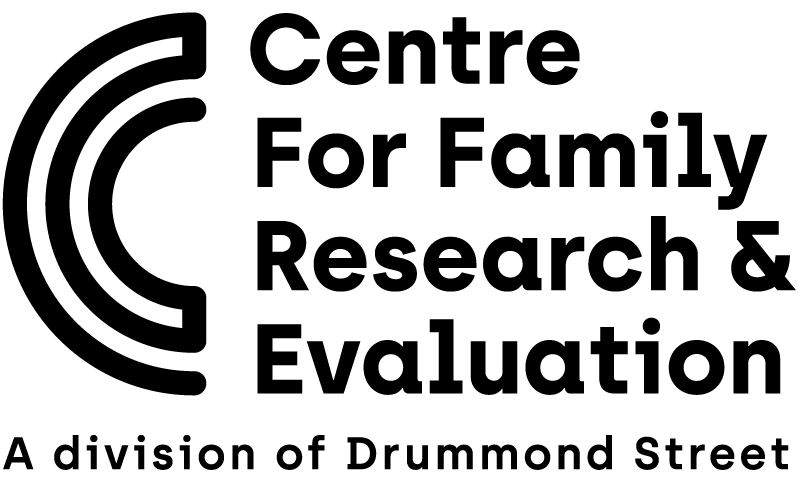After the evaluation purpose, scope and activities have been determined, the next step is to consider how it will be managed from start to finish.
»» What skills will the team need?
»» What resources can we allocate to this evaluation that will still meet our needs?
»» Who will be needed on the evaluation team?
»» How will the findings be shared and with whom?
»» Are there recommendations that be drawn out from this evaluation?
»» Who will be involved in creating implementing the recommendations?
An evaluation of the evaluation can also be conducted. This is referred to as a meta-evaluation. Questions that can be asked for this include:
»» Was it appropriate to do an evaluation?
»» Were the evaluation activities appropriate?
»» Did the evaluation meet the standards of utility, feasibility, propriety, accuracy?
»» Did the evaluator act ethically?
»» Were changes made as a result of the evaluation?
»» Were the evaluation findings and recommendations used?
Joint Committee on Standards for Educational Evaluation published The Program Evaluation Standards in 1994 [1]
»» Utility: serves the information needs of intended users.
»» Feasibility: realistic, prudent, diplomatic and frugal.
»» Propriety: conducted ethically, legally, with concern for welfare.
»» Accuracy: reveals technically adequate information.
References
1] Yarbrough, D. B., Shulha, L. M., Hopson, R. K., & Caruthers, F. A. (2010). The program evaluation standards: A guide for evaluators and evaluation users. Sage Publications.
